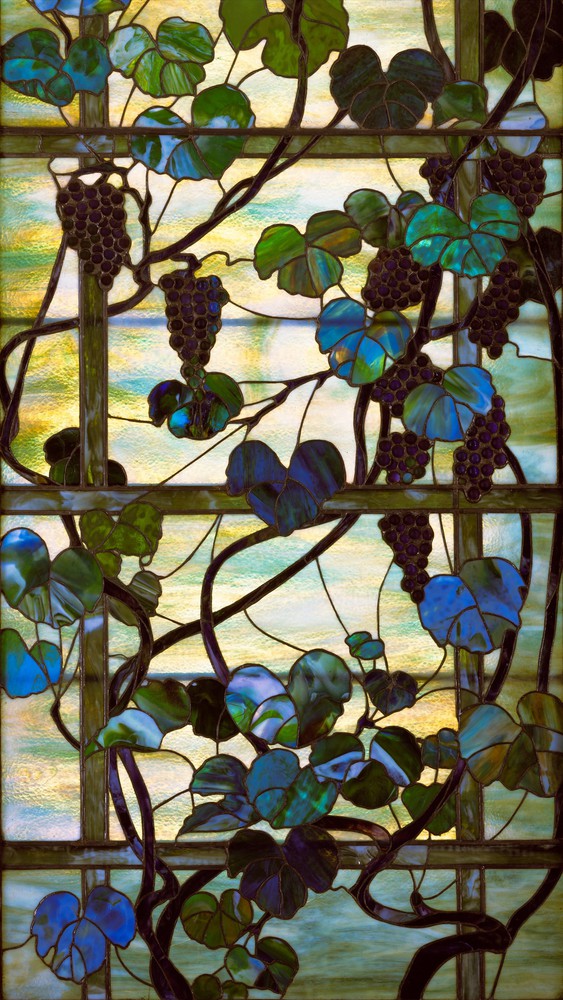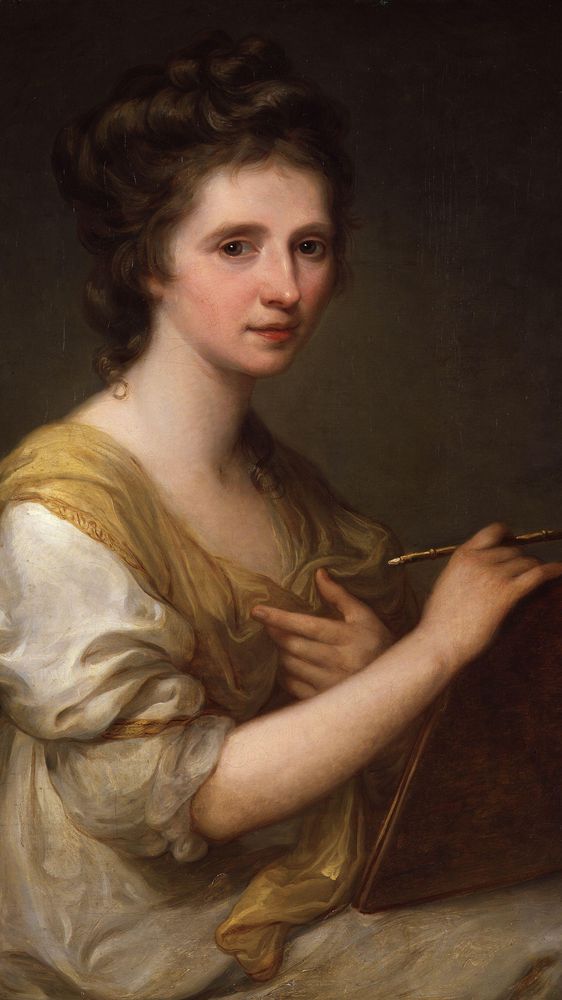Each installment of our Sticks & Stones series presents the history, evolution, and unusual uses of a single material. You can find our article about stained glass at my.meural.com/editorial/35.
Early in the 12th century, a German monk named Theophilus penned an account of stained glass technique. He detailed how to melt sand, potash, and lime in clay pots to create glass, and the different metallic oxides that could be used to add color: copper creates a vibrant green, while even a tiny amount of gold yields a rich, dark red. The processes Theophilus wrote of were not new—in fact, the tradition stretched back to ancient Egypt and Phoenicia. The people of the ancient world were prolific and skilled in glass work, and stained glass was a prized, sought-after commodity around the world, from Syria to Britain. And yet, as Theophilus wrote, many of the tried-and-true recipes for the beautiful, gem-like works were only just being rediscovered.
Stained glass would come in and out of favor throughout history, yet always remained tied to the church; the Biblical commandment “let there be light” is just one of many links drawn in the religious tradition between the presence of God and light. The medium found an unlikely revival in 19th century New York through the work of Louis Comfort Tiffany.





















